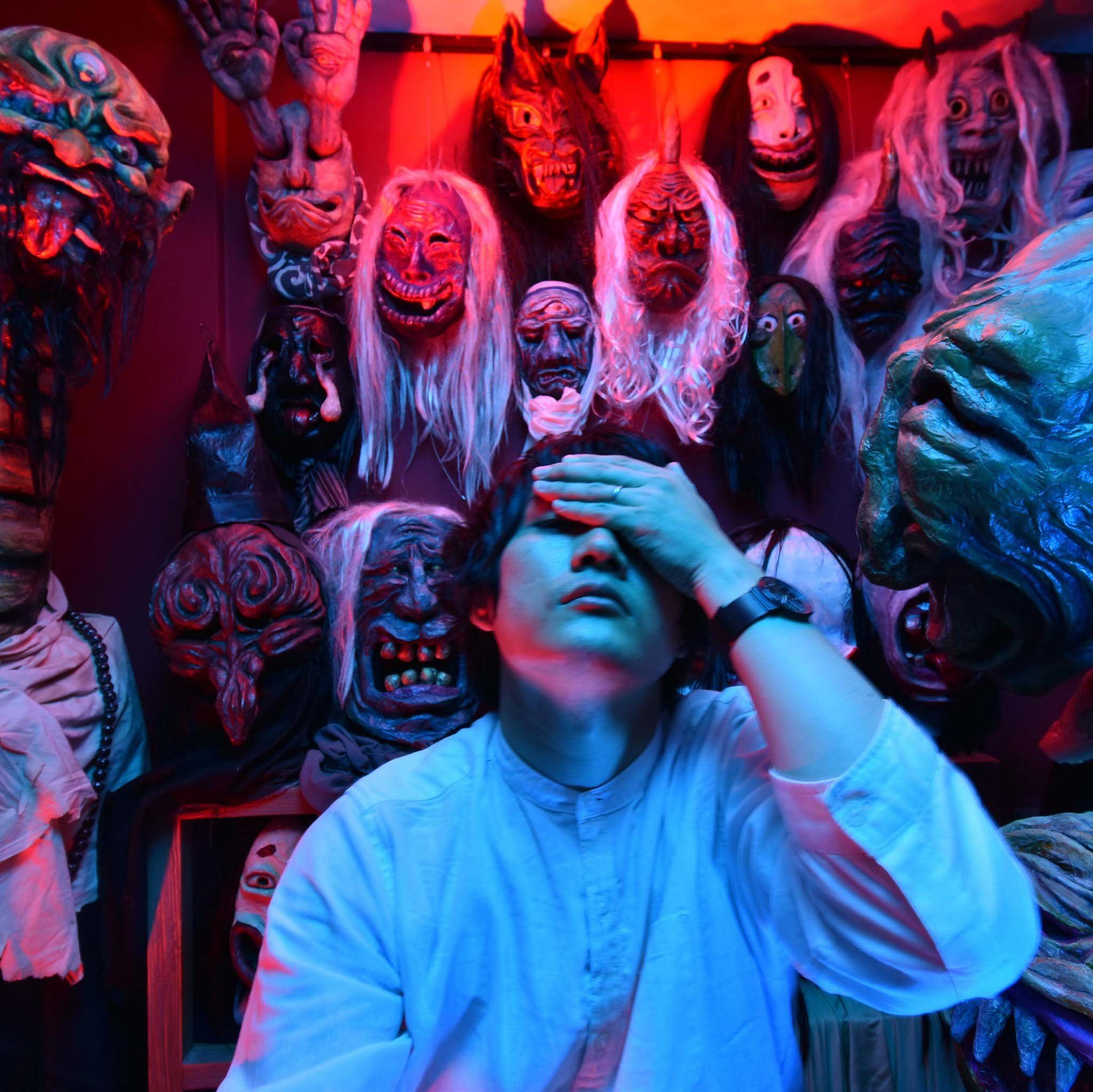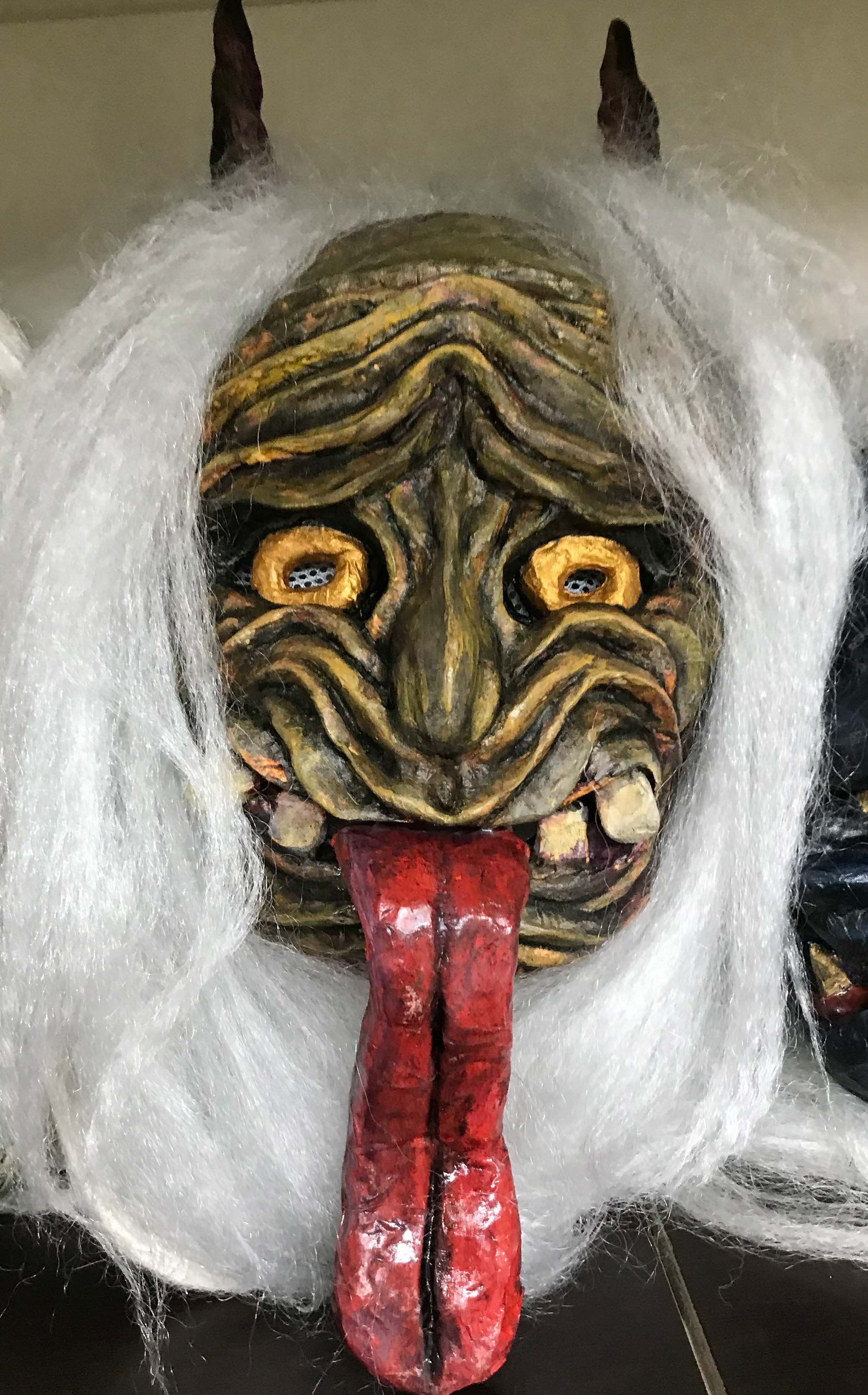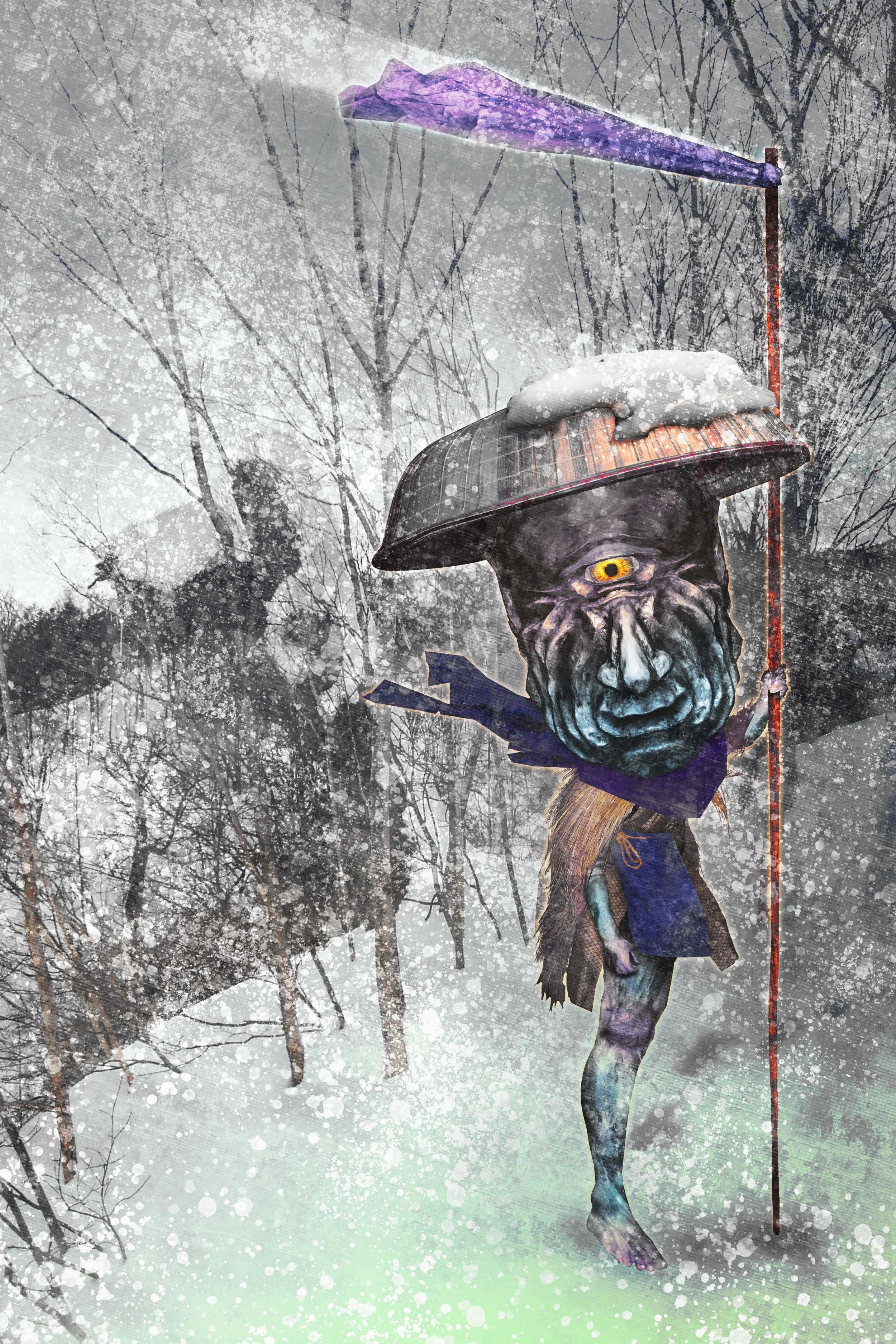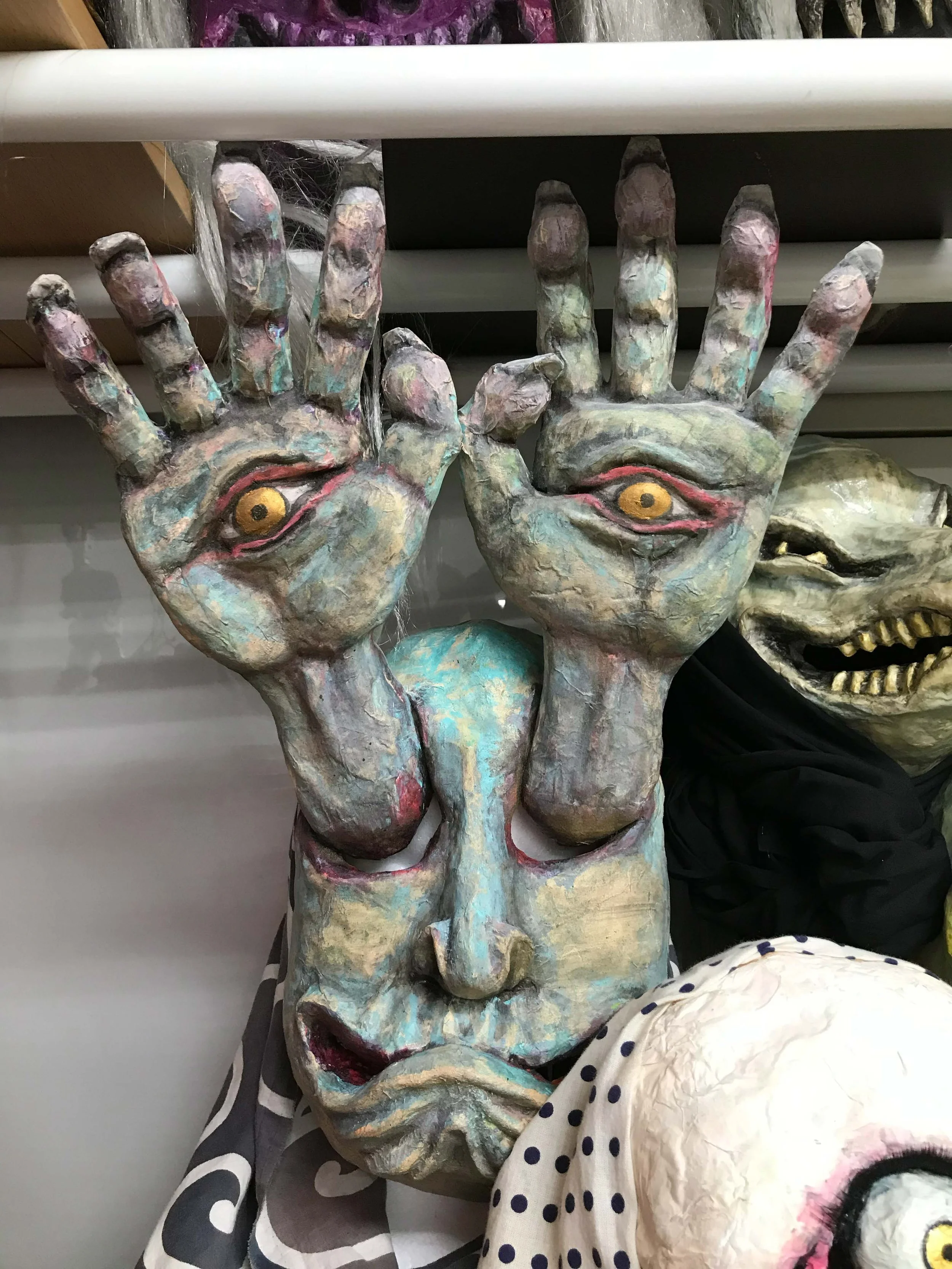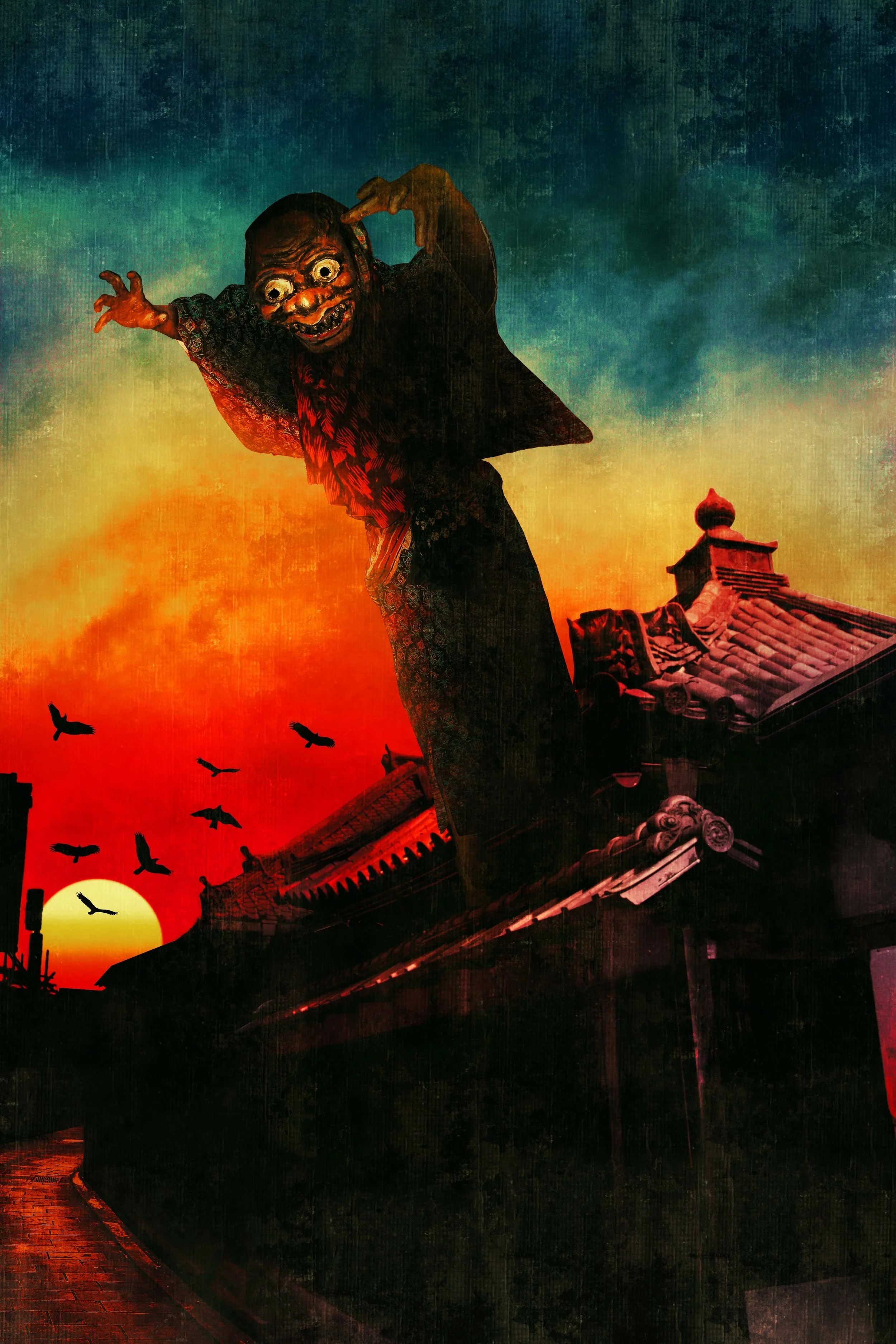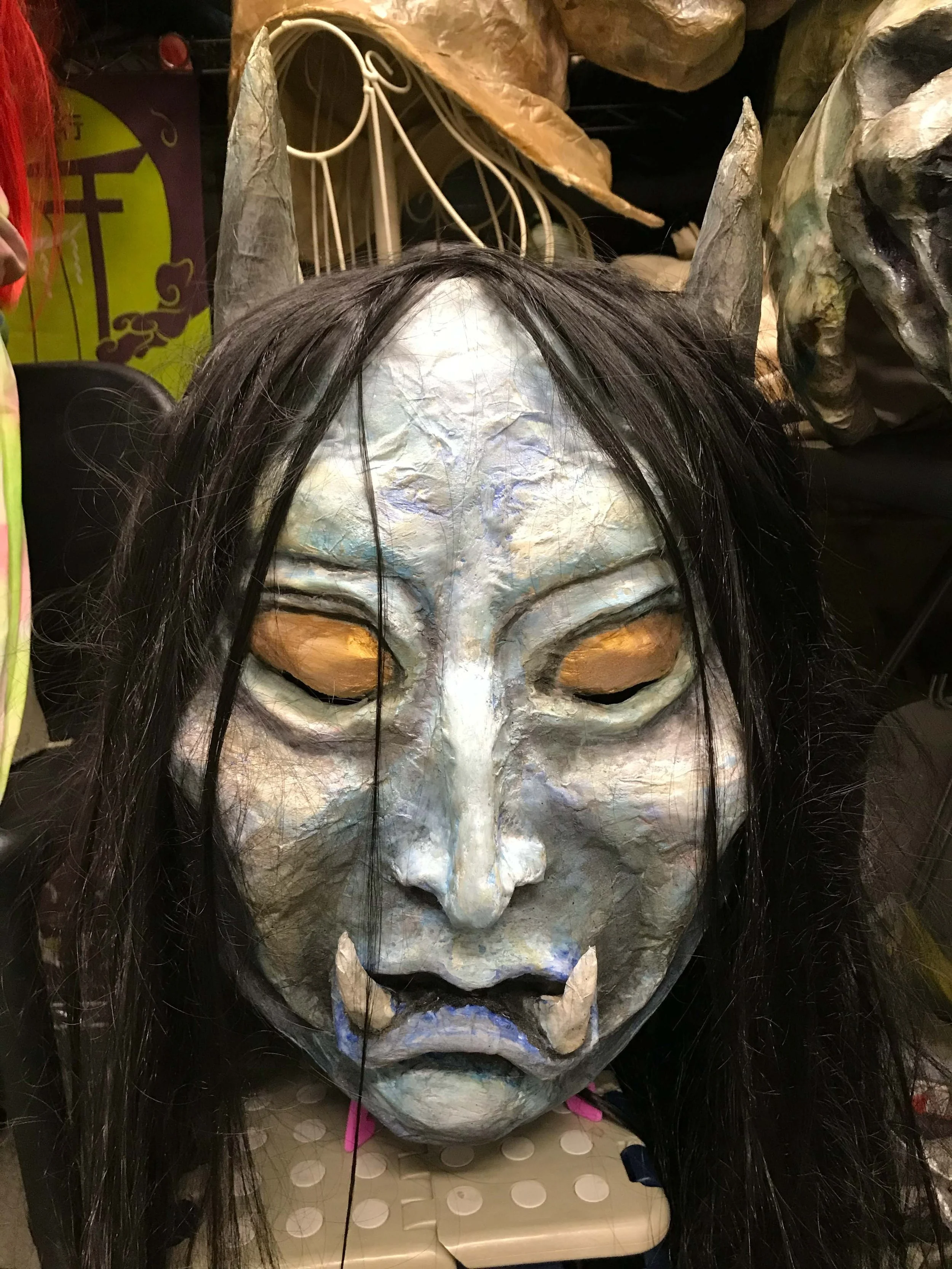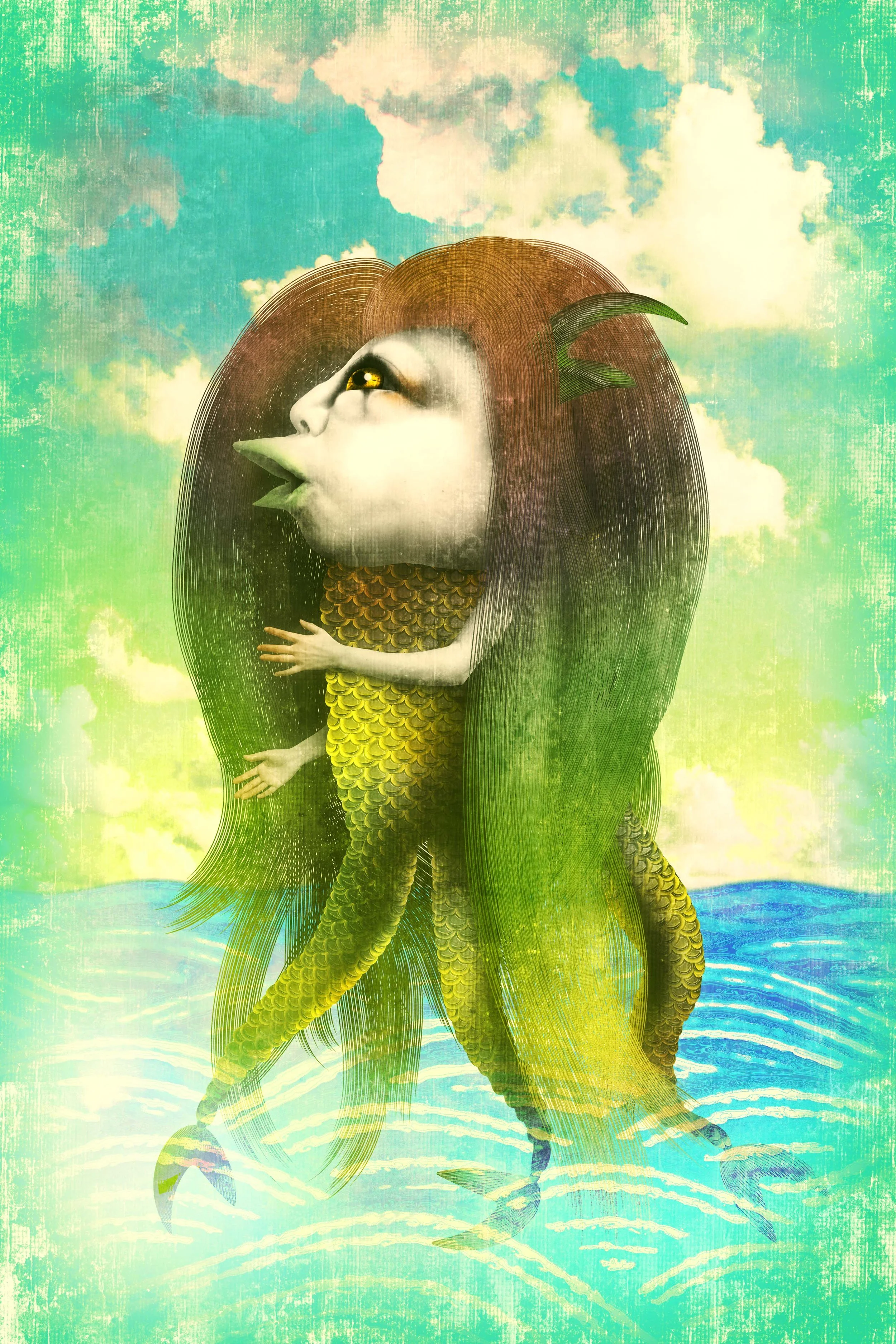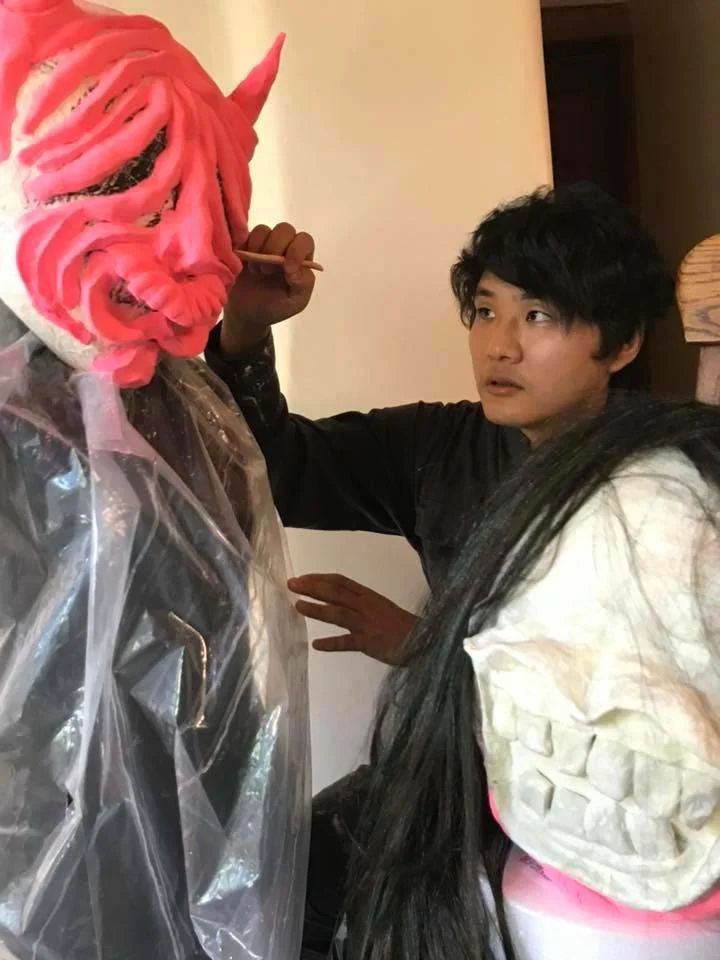Hyakuyobako Yokai
The Enduring Nature of Japan’s Yōkai
Based on classical Japanese paintings of yōkai, Junya Kono of Hyakuyobako Yōkai creates three-dimensional figures and masks using the traditional Japanese techniques of papier-mâché. The term yōkai can be applied to any sort of supernatural being; shapeshifters, deities, demons, spirits, monsters, sprites, ghosts, etc. Despite their often ghoulish and grim appearance, these creatures are not necessarily evil. Oftentimes they can be benevolent, or simply mischievous. They may come as a warning, or to collect an offering. Some yōkai known as tsukumogami are old household objects that have come to life after years of neglect.
What is perhaps most fascinating about yōkai is their enduring quality. Written mentions of yōkai can be found dating back to as early as 772 CE and today they continue to be prevalent in Japanese manga (comics) and anime (animation). Junya shares “The act of making a yōkai mask is an act that embodies the existence in the heart of the Japanese people. I have been doing this artform for 17 years. In Kyoto, where I live now, I am working on a Yōkai Costume Parade event that recreates the legend of the medieval Yōkai Parade, ‘Hyakki Yagyo’.” Junya also runs a group called "Hyakuyobako (Box of 100 Yōkai)" that organizes events and works on the theme of yōkai, encouraging students and young artists to learn the folklore and history behind these fantastic creatures. There is something especially powerful about giving shape to the “shapeless” yōkai that have roamed Japan since ancient times.


